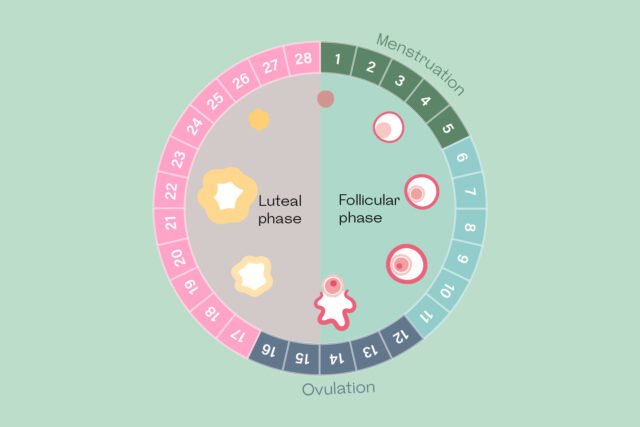
*This post may contain affiliate links. Read more.*
Introduction
Resistance bands are one of the most versatile and effective tools for strength training, mobility improvement, and injury prevention. They offer a low-impact alternative to weights, making them suitable for people of all fitness levels, from beginners to athletes. Research shows that resistance band exercises can activate muscles just as effectively as free weights, helping to improve strength, endurance, and flexibility. This article explores the science behind resistance bands and provides practical ways to incorporate them into your fitness routine.
1. The Science Behind Resistance Bands and Muscle Activation
Resistance bands work by creating continuous tension throughout an exercise, which can lead to increased muscle activation compared to traditional weights. A study published in the Journal of Strength and Conditioning Research found that resistance bands can stimulate muscle growth and strength gains comparable to conventional weight training.
Key benefits of resistance band exercises include:
- Engaging stabilizing muscles, leading to better muscle coordination.
- Reducing strain on joints while still providing effective resistance.
- Allowing variable resistance, meaning tension increases as the band stretches.
2. Resistance Bands for Mobility and Flexibility
In addition to building strength, resistance bands are excellent for mobility and flexibility training. Stretching with bands can help improve range of motion and reduce muscle stiffness. According to a study published in the Journal of Sports Science & Medicine, dynamic stretching using resistance bands enhances flexibility more effectively than static stretching alone.
Ways to use resistance bands for mobility:
- Shoulder mobility drills to prevent stiffness and improve overhead movement.
- Hip openers for better lower body flexibility and reduced tightness.
- Spinal mobility exercises to enhance posture and alleviate back pain.
3. Injury Prevention and Rehabilitation
Resistance bands are widely used in physical therapy and injury rehabilitation due to their ability to provide controlled resistance. Unlike heavy weights, bands allow for progressive resistance, which helps strengthen muscles without putting excessive stress on injured joints or tissues.
How resistance bands help prevent injuries:
- Strengthening smaller stabilizing muscles to prevent imbalances.
- Reducing impact on joints while still challenging muscles.
- Allowing for controlled movement patterns that mimic real-life motions.
Common rehab exercises using bands:
- Rotator cuff strengthening for shoulder stability.
- Glute activation drills to prevent knee injuries.
- Ankle mobility work to improve balance and prevent sprains.
4. Effective Resistance Band Exercises to Try
Here are some beginner-friendly and advanced resistance band exercises:
Upper Body:
- Banded Shoulder Press – Strengthens shoulders while reducing joint stress.
- Banded Rows – Targets back muscles and improves posture.
- Triceps Extensions – Builds arm strength without straining elbows.
Lower Body:
- Banded Squats – Engages glutes and quads while protecting knees.
- Lateral Band Walks – Improves hip stability and reduces knee pain.
- Leg Press with Bands – Simulates a gym-style leg press without heavy weights.
Core & Mobility:
- Banded Dead Bug – Strengthens core stability and coordination.
- Seated Hamstring Stretch with Band – Increases hamstring flexibility.
- Standing Chest Opener – Improves posture and relieves tension.
Conclusion
Resistance band exercises are an effective, science-backed way to build strength, improve mobility, and prevent injuries. Whether you’re an athlete, a fitness enthusiast, or someone recovering from an injury, incorporating resistance bands into your routine can help you achieve your goals with minimal risk of strain. Their versatility makes them a must-have tool for home workouts, travel-friendly fitness, and injury rehabilitation. Start adding resistance band exercises to your workouts today and experience their full benefits!
#fitness #home workout #injury prevention #mobility #muscle activation #rehabilitation #resistance band exercises #Strength Training









